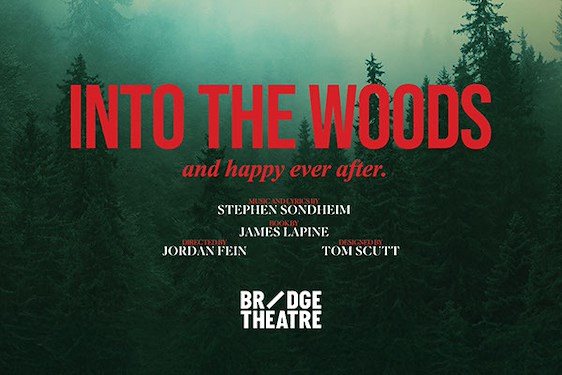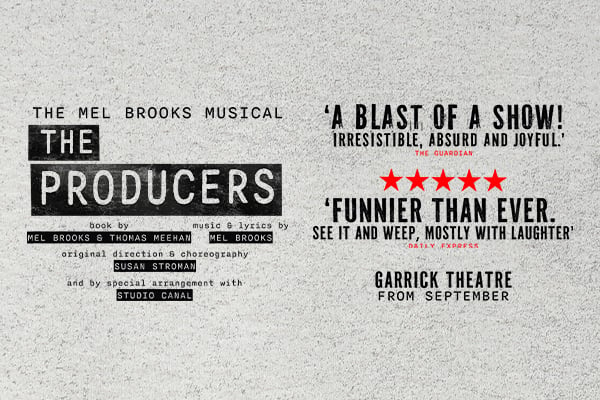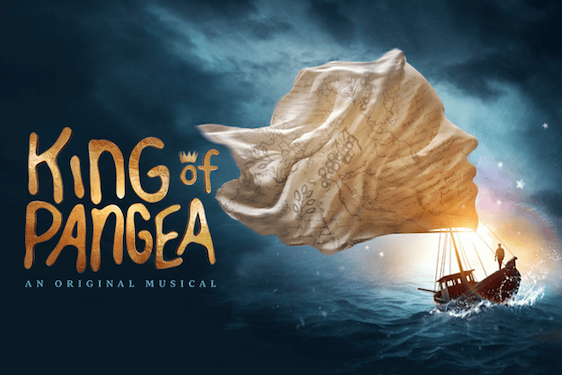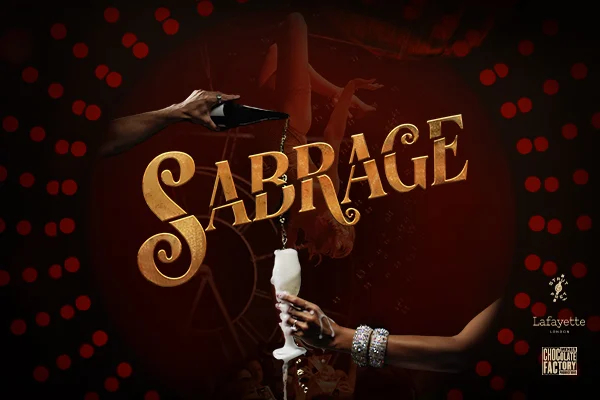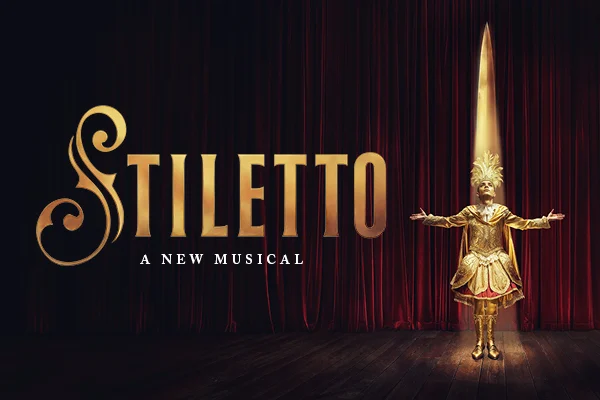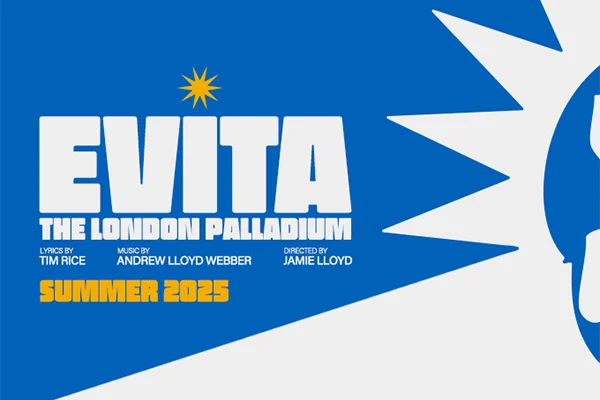A landmark for female empowerment,
Beautiful and moving.
Not least is Grayson Perry’s striking curtain. Broken Wings, choreographed by Annabelle Lopez Ochoa bursts with colour and joy though essentially it is about the lifelong pain of the painter Frida Kahlo transmuted through her art. Although it was disappointing that Tamara Rojo was unable to perform Kahlo due to injury, her replacement, Katya Khaniukova was superb, both sassy and full of pathos.
Kahlo’s love of Mexican culture, folklore and costume, which she habitually wore, are all delightfully represented in the bold colours of folk art, like retablos paintings, and all to rhythms of Latin-American music.
A black cube dominates the stage, on which the tragic accident, the collision of a bus with a trolley car in which a metal handrail pierced Kahlo’s spine, is stunningly enacted. Laser beams rack Kahlo whilst skeletons, reminiscent of the Mexican Day of the Dead, cavort around her. Later the cube opens to show a white interior suggesting a hospital bed. From this imprisonment, swathed in the straps of her surgical bodice, Kahlo’s surrealistic imagination fills the stage.
A moving tableaux of glorious traditional costumes, designed by Dieuweke van Reij parades by, worn by a group of men, straight-backed, swishing long skirts and wearing headdresses, the most eye-catching the petal-like lace resplandor framing the face.
Much of the tragi-comic humour comes from Kahlo’s husband, the painter Diego Rivera, also famously a philanderer. Irek Mukhamedov performs him with lumbering, swaying movements, and almost clown-like but endearing kisses up her arm.
A deer with tall antlers, a Huichol symbol of fertility and spirituality, takes long sensuous steps contrasting with the trembling humming-birds. Fluttering hands, wings or leaves, all suggest the delicate healing process of nature, a subtle echo of Kahlo’s earlier trembling pain. Beautiful and moving, this show fully justifies being repeated from the 2016 programme.
Nora, after the iconic character in Ibsen’s A Doll House is the first work for the main stage choreographed by Stina Quagebeur. Of course, it is impossible to create the seismic shock that met the first production of Ibsen’s play. But Quagebeur bravely takes this on as a distillation of Nora’s emotional journey, five dancers representing the turmoil of voices inside her. There is some sensational choreography, sadly marred by too much clumsy stage business and longeurs.
Junor Souza is a quirky, off-balance Krogstad and particularly fine is Jeffrey Cirio as Torvald, out-stretched movements alternating with enclosing Nora, infantilising her by sitting her on his knee. Between each duet, he retreats to his desk. A fine example of dramatic stasis expressing how he ignores her. In contrast the five voices are left hanging about with no purpose. A shame, because when the voices hound Nora whilst she struggles to escape they are dramatic and effective.
Crystal Costa’s skills as a dancer are also not used to the full, since she remains passive and immobile so often. Clumsy stage business, attempts to convey narrative, instead of concentrating on dance should not overshadow the fact that Quagebeur is a talented choreographer to watch out for.
Pina Bausch’s Le Sacre du printemps (The Rite of Spring) is a knock-out: overseen by a member of Tanztheater Wuppertal with intense, hypnotic dancing, alternation of drama and stasis, precisely responsive to Stravinsky’s music. Not least, the mesmeric vulnerability of the Chosen One, on the night this reviewer saw it, Francesca Velicu who won the Olivier Award for this in 2016. However, each night will be a different dancer, adding to the suspense.




![She Persisted - [ENB] She Persisted - [ENB]](https://broadwaybaby.com/furniture/blank-16x9.png)


